What Does Refurbished Mean? A Guide to Refurbished Products
Table of content
Introduction:
“Good as new” is more than just a phrase; it’s a wise decision when purchasing refurbished products. The increasing popularity of reconditioned products is increased by meaningful financial savings while providing you with a reliable product. Yet, it is important to understand what “refurbished” actually means. In refurbishment, items typically take high-quality products, restore them to like-new condition, and sell them at a price more affordable than buying a new one, which will be an important part of sustainability initiatives. This blog is to help you understand what exactly refurbishment is and will make you more comfortable choosing them.
Understanding What Does Refurbished Mean:

Refurbishing can raise questions such as, “What does refurbished mean?” This uncertainty comes when people don’t know the term. In refurbishing, items usually have been returned or have been repaired if necessary. After repairs, they are thoroughly tested. The tests aim to meet original standards. There are a lot of misconceptions regarding refurbishing items. Many people think renewed items are of lower quality, but that is not the truth. The term covers many situations. These situations range from repaired items to those returned without defects. In fact, those endure quality checks.
Step-by-Step Refurbishment Overview:
1. Initial Inspection:
Refurbishing starts with a detailed inspection of an item. Technicians look closely at every component. They search for visible and hidden defects. In some cases, items returned by customers may have no defects at all. Yet they undergo a thorough inspection. This is to guarantee that every aspect meets original standards.
2. Data Erasure:
If an item involves storage such as a computer or phone, the next step is to securely erase all data. This isn’t just a factory reset. Specialized software is employed to overwrite data multiple times. This guarantees it cannot be recovered. This step also guarantees compliance with data protection laws. This adds a layer of security for the new owner.
3. Disassembly:
Items sometimes require disassembly. The next step is when the product gets taken apart. This allows for access to internal components. The knowledge here is uncommon. During disassembly, even parts that seem insignificant are examined. This includes screws and cables. The actual purpose is to make sure nothing is overlooked. Another purpose is to ensure everything meets the manufacturer’s original standards. And everything must meet these standards.
4. Repair and Replacement:
Each part that is damaged or malfunctioning is for repair or replacement. Interestingly, refurbished items often obtain superior components than the original. For example; older models may receive upgrades. These upgrades have more efficient parts that were not available during initial production.
5. Deep Cleaning:
The item goes through a detailed cleaning process. This is done both inside and out. It requires specialized equipment and techniques. Examples are ultrasonic cleaning. This method removes dust particles and even microscopic particles. They’re removed from even most delicate components.
6. Reassembly and Testing:
Subsequent cleaning items cautiously come back together. A demanding phase comes next. It often outdoes the initial factory tests. Every function gets reviewed, and the item is put through stress tests. This is done to confirm it can manage high-demand conditions, and the item must not fail.
7. Quality Control
There is a final quality check before the item is allowed for resale. This quality control is different from the initial inspection. It is to be sure of a fair review. There is an interesting fact lesser known. Some refurbishment centers include user simulation tests in this stage. The item gets used in real-world scenarios. It verifies whether its performance is good.
8. Repackaging
Lastly, the item undergoes repackaging. This isn’t merely a step to maintain aesthetic appeal. It’s important to protect items during transport. Items often get repackaged in shiny new boxes. Without a doubt, some are even accompanied by brand-new accessories. These additions grant items an entirely new look and texture. They appear and feel as good as new.
Differences Between Refurbished, Pre-owned, and Reconditioned:
It’s also important to understand the differences between refurbished, pre-owned, and reconditioned items, which can be easily compared in a table format to clarify their distinct characteristics:
| Term | Definition |
| Refurbished | Returned items repaired to meet original specifications, often with a warranty. |
| Pre-Owned | Previously used items are sold as-is, usually without repairs or a warranty. |
| Reconditioned | Items are restored to a good working condition, sometimes not as thoroughly tested as refurb items. |
Pros and Cons of Refurbishment:
Below are some common pros and cons of refurbishment:
| Pros | Cons |
| Unique features not found in newer versions. | Limited customer support or parts availability for discontinued models. |
| Enhances performance through possible upgrades during refurbishment. | Some products may come as-is, with no opportunity for enhancement. |
| Exceeds original manufacturing tests, potentially increasing reliability. | Testing thoroughness can vary, leading to inconsistent quality. |
| Retains value over time compared to new items. | Reselling may be harder due to perceived lower value by potential buyers. |
| Promotes sustainability and resource conservation. | Some products may involve less transparent refurbishment practices. |
Essential Tips for Buying Refurbished Products:
Before making purchases, you need to check some of the details. In order to make smart purchases, please make sure to verify the seller’s reputation first, as well as understand the product’s history.
Warranties and Guarantees:
Warranty considerations and guarantees become the most important consideration when buying goods. This is more so for refurb items. These offer certainty. Indeed, they are related to the standard and the longevity of your purchase.
Now, here is a clear breakdown for you:
1. Kinds of Warranties:
There are various forms of warranties. Each of them provides differing levels of coverage.
- Limited Warranty: It covers particular parts. Or it addresses certain issues. This is for a fixed period like 90 days or maybe even for one year.
- Full Warranty: It takes care of repairs and replacements. This happens for any defective part during the warranty period. And it does so at no cost to the buyer.
- Extended Warranty: This provides extra coverage. It goes beyond the standard warranty period. Frequently it is for high-value items. For example, electronics or appliances.
2. Manufacturer vs Seller Warranty:
There are two important warranties exist for refurbishing:
- Manufacturer’s Warranty: It’s provided by the original manufacturer. It covers repairs and it also covers replacements or upgrades. More often, detailed services are included like software updates.
- Seller’s Warranty: It’s offered by the seller or retailer. These can differ. They may involve third-party services. It makes it important to read terms carefully. Hence, doing so is of utmost importance.
3. What Guarantees Mean:
Guarantees are primarily focused on customer satisfaction:
- Satisfaction Guarantee: Allows you to return the product within a certain period if you’re not satisfied.
- Money-Back Guarantee: Offers a full refund within a specified timeframe if the product doesn’t meet the promised standards.
4. Coverage and Limitations:
Warranties and guarantees come with specific limitations:
- Exclusions: This may not cover damage from misuse, accidents, or cosmetic issues like scratches.
- Duration: Coverage is time-bound, requiring any repairs or replacements after expiration to be at your expense.
- Conditions: Some warranties require specific conditions to be met for coverage to remain valid.
5. Extended Warranties:
Extended warranties provide peace of mind, especially for high-value or complex products:
- Extended Coverage: Extends protection beyond the original warranty, sometimes by one or two years.
- Cost-Benefit Analysis: Weigh the cost against the item’s value and the likelihood of needing repairs.
6: Return Policies and Guarantees:
Return policies usually go hand in hand with warranties and guarantees.
Here are two examples:
- Return Windows: Refurbished products often have return windows. These range from 7 to 30 days. This range allows you to test the product.
- Flexible Returns: Certain certified refurbished products offer flexible return policies. These are as flexible as new items. They enable hassle-free returns or exchanges.
Business Benefits of Refurbished Products:
Businesses can decrease costs by selecting refurbished items, especially when purchased in bulk, and this option can make the most sense for corporates as it fits in with all ideas of sustainable treatment and cost minimization.
If we discuss the vast and well-known field of the IT hardware industry, it becomes clear that refurb items play an important role and are essential for businesses needing high-quality technology without high costs. Purchasing refurbished PCs, phones, switches, and routers not only reduces budget expenses but also extends the lifespan of technology, reducing electronic waste and supporting sustainability.
The global refurbished PC market is set to nearly triple by 2031, growing from just under five billion U.S. dollars in 2022 to an estimated 11.8 billion U.S. dollars, driven by an annual growth rate of 10.8 percent.
Consumer Rights When Buying Refurbished Products:
When you buy a refurbish product, you’re not on your own. You have rights that protect you, such as making sure the item works as promised and matches the seller’s description. These protections are the same as if you were buying something brand new. Plus, many refurb items come with return options, so if you’re not happy, you can send it back or exchange it. Usually, you have between 14 to 30 days to do this, but some sellers give you even more time, especially for certified refurb items.
Knowing about warranties is also key. A warranty can cover repairs or replacements, so if something goes wrong, you’re covered. If the product has issues within a certain period, you can get it fixed, replaced, or get your money back. This means buying refurbish items isn’t a gamble. It’s a safe, smart choice.
Also Read: Refurbished Cisco Routers: Benefits, Buying Guide, and Top Models
Emerging Trends in the Refurbish Market:
The refurb industry has benefitted from heightened awareness and demand from consumers for sustainable products. Novel refurbishment techniques are enhancing the quality and reliability of previously owned products, thereby capturing the interest of a greater audience. The future of redone products could be bright, providing both consumers and businesses become more aware and recognize their significant role them in a sustainable consumption economy.
Conclusion:
Upon making the decision to buy a refurb product, you are purchasing a well-made product at a much lower price point than a new one. The refurbished version will perform just as well and work just as well as its new counterpart. A lot of refurbished items also come with some sort of warranty and/or return policy, so you know you are protected. The refurbishment market continues to rise, and you continue to see improvements in both quality and choices. Choosing refurbish can help you feel safe and sound financially without compromising on quality or performance. You not only have the value of refurbishment, but you do not lose quality. They make good as new a true statement.
Frequently Asked Questions:
What is a refurbished product?
A refurbished product is either used with a warranty and all specifications or a customer-returned product. You can buy a product at lower rates while achieving the original quality.
Is refurbished product good?
Mostly, refurbishing items are a beneficial and cost-effective way to upgrade your current setup. However, these products can have some downsides depending on whether they are refurbished.
Which is better, refurbished or used?
Refurbished is better than a used or second-hand product in many ways. This is because they have a warranty and return policy, whereas a used or second-hand product doesn’t.
Where can I buy a refurbished product safely?
Look for a recognized vendor. The best place to buy a refurbish product is its original manufacturer.
What is the difference between renewed and refurbished?
“Renewed” and “refurbished” both refer to pre-owned products that have been inspected, tested, and restored to good working condition, but “renewed” is often used interchangeably with “refurbished,” depending on the seller.




 Catalog
Catalog

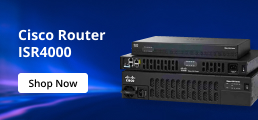
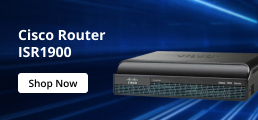



















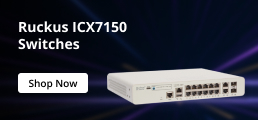
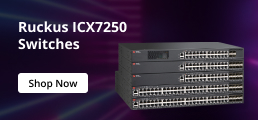










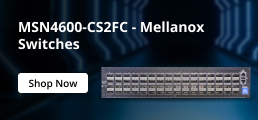













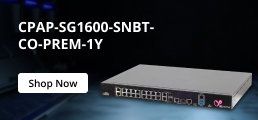

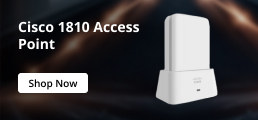









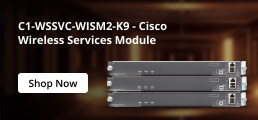



























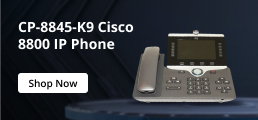
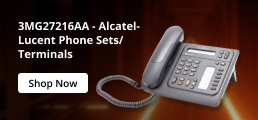




















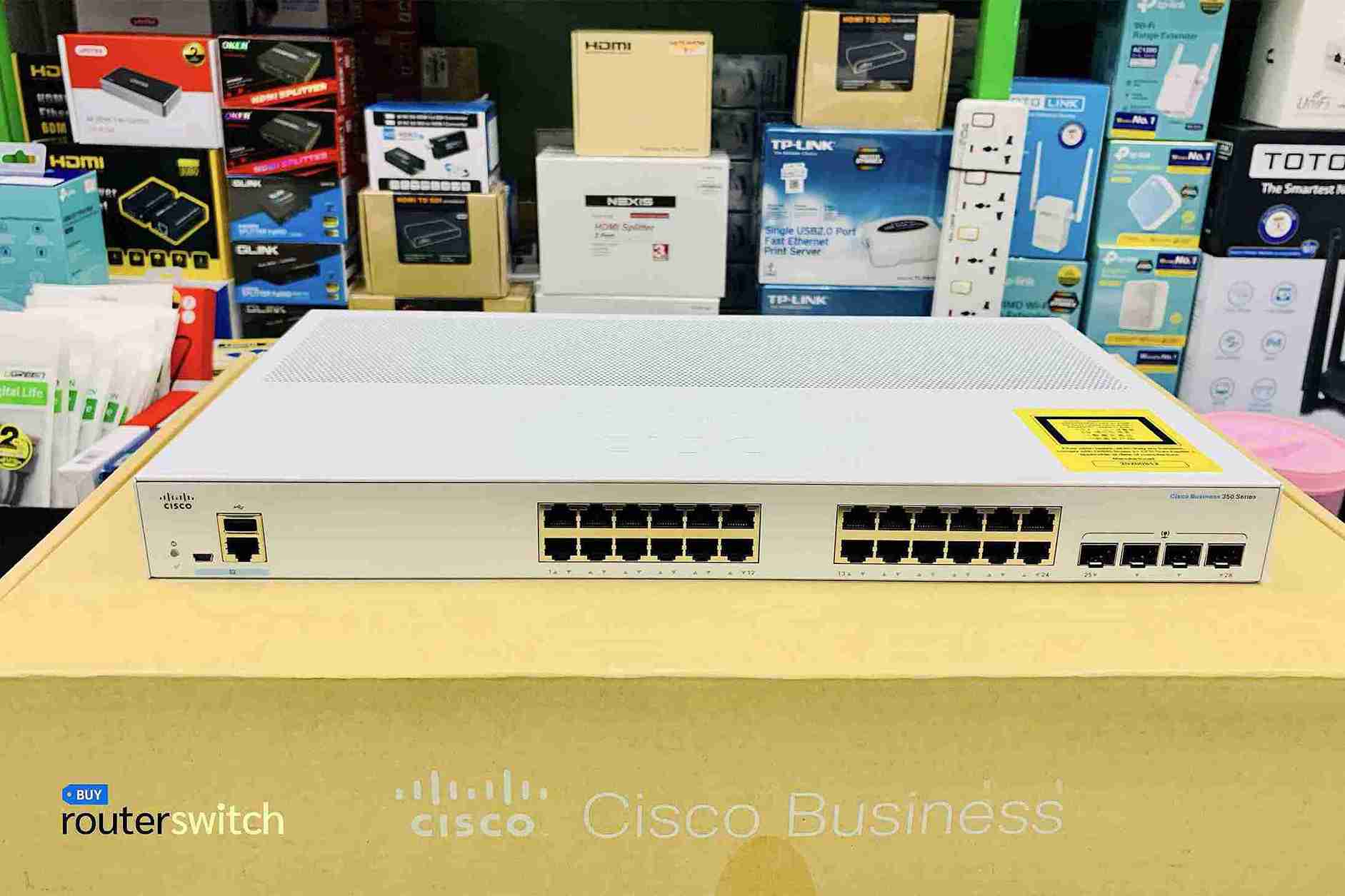
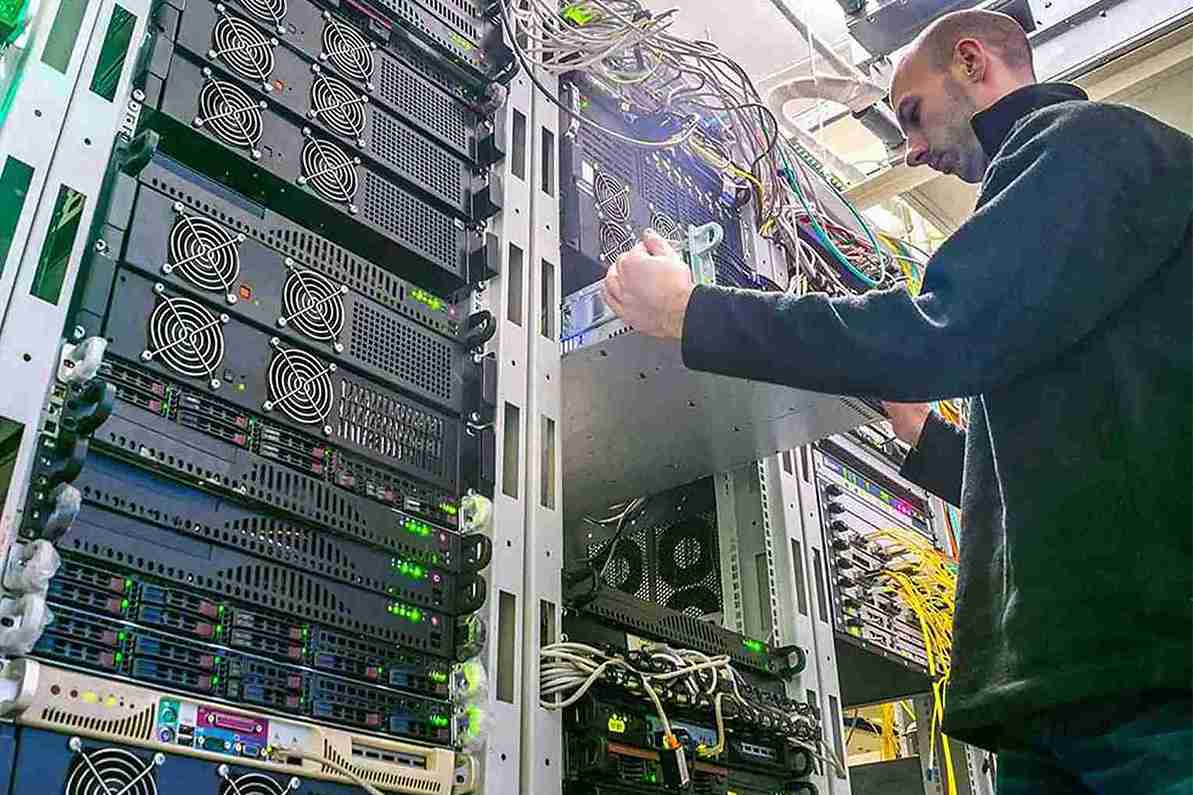
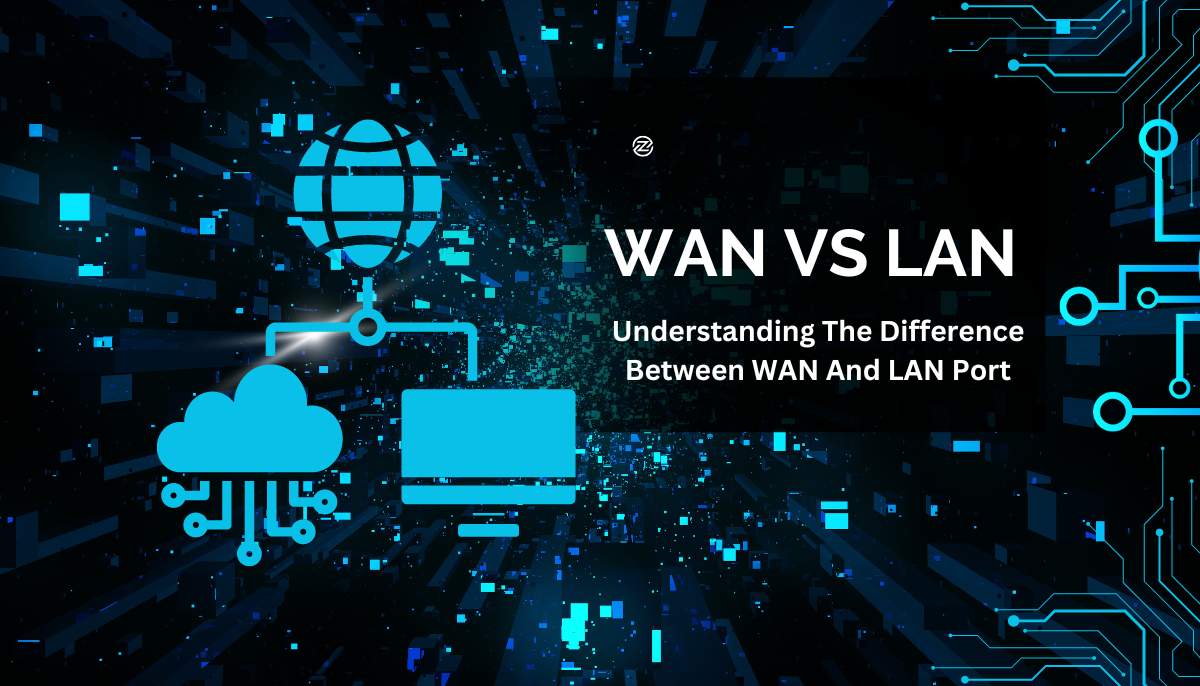




 (800) 870-9487
(800) 870-9487